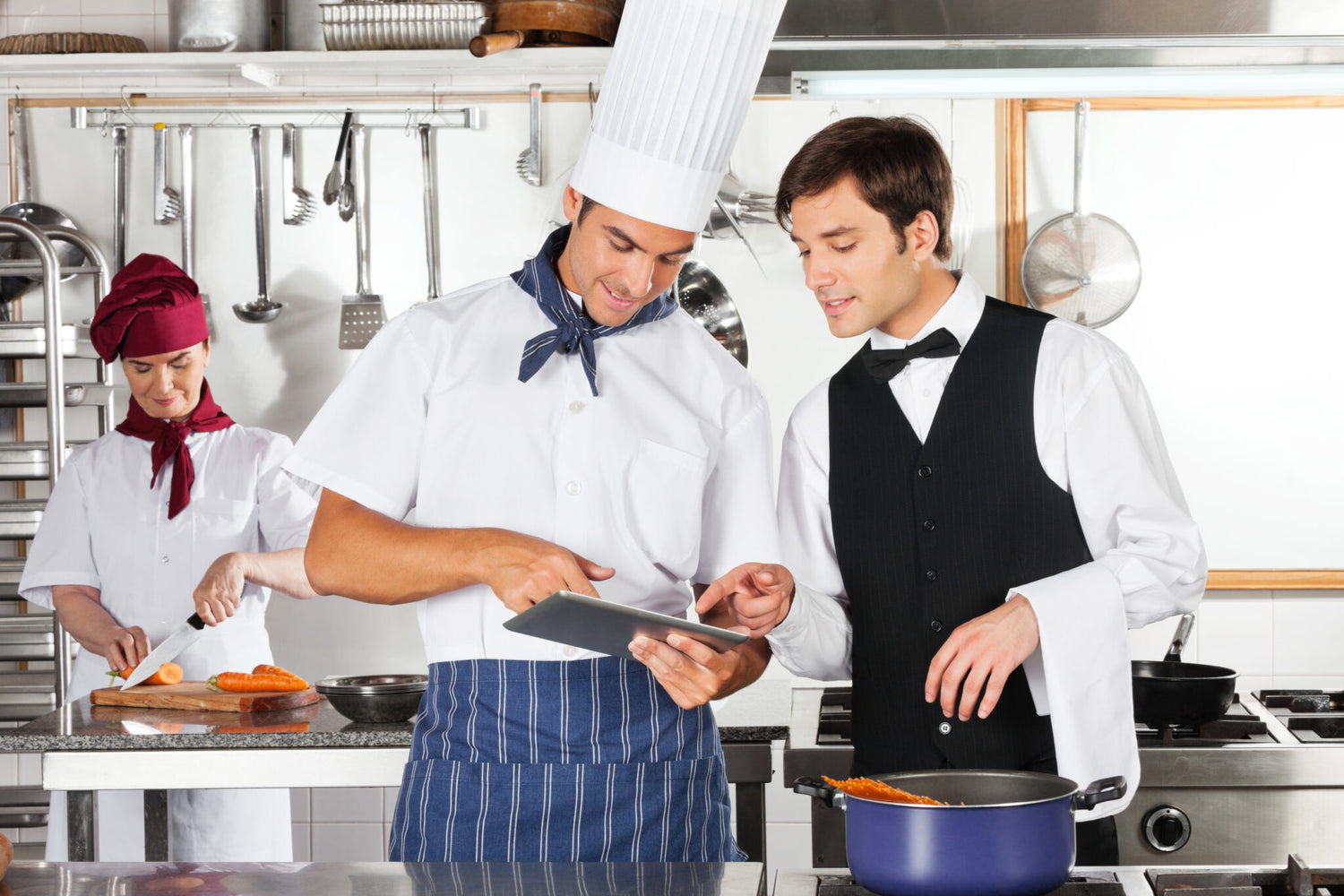
6 Crucial Characteristics of Next Generation Restaurants
When you think of a “next generation restaurant” or a “restaurant of the future,” what do you picture? How will restaurants continue to evolve and improve over the next decade or two? Well, it doesn’t take a genius to figure out that technology will move to the forefront (even more so than it already has) and social media will be king… but how exactly will these resources be used? Keep reading to find out.
Here are 6 characteristics of a “next generation restaurant”:
1. Digital reservations
Reservations were once – and still are – made over the phone and documented on paper. In the future, more restaurants will allow customers to make their own reservations through the web or an app that is integrated with POS software. This will allow restaurants to manage reservations more easily, leverage reservation reporting and provide better service overall by reducing entry mistakes and inputting special requests.
2. Digital table management
In the past and present, hosts have seated guests using a paper reservations ledger. In the future, tables and seating arrangements will be managed and stored digitally on the restaurant’s POS system. This will speed up seating process, improve table organization and provide better customer service by identifying seating preferences or meal stages.
3. Digital menus
Menus are still being presented and displayed in print, leaving limited space and flexibility. In print, they can also easily be damaged and costly to replace. In the future, digital menu displays and digital signage will be widespread. They are more cost-effective because they don’t need to be reproduced each time they need updated. Not to mention, a shiny new display makes menu items more appealing.
4. Customer loyalty accounts
Many restaurants offer customer loyalty programs involving printed coupons produced by third-party partners. Next generation restaurants are creating customer loyalty accounts in which visitors can accumulate points for each meal they purchase. This allows restaurant managers to keep a large customer database at their fingertips.
Modern restaurants are leveraging location and demographic-based marketing campaigns, customizable rewards plans and personalized coupons. And with smartphone apps like Yelp and Groupon becoming an integral part of modern restaurants’ marketing strategy, smartphone coupon redemption will become more widespread.
5. Digital/online ordering
Today, orders are still being handwritten on notepads and hand-delivered to the kitchen. This can cause inaccuracies and unnecessary back-and-forth between the servers and kitchen employees. In years to come, more restaurants will equip their servers with handheld mobile devices that allow them to digitally input orders and automatically sent to a kitchen display system.
Depending on the software and peripherals, mobile ordering devices can also allow servers to give menu suggestions, input modifiers or process payments through an integrated magnetic stripe reader. Wait staff will have several resources at their fingertips and will be able to better serve customers.
6. Millenial marketing
Most marketers don’t realize how much of their audience is made up the millennial generation – some experts date the start of the generational period back to the early to mid-80s. So here are a few things you need to know about marketing to people aged 30 and under.
– They value others’ opinions. That’s why word-of-mouth recommendations, testimonials and social media mentions are going to increase in importance. It is imperative for restaurants to have an active social media presence where millenials can read what their peers are saying about the food and service.
– They judge your credibility based on your social media presence. Restaurants that do not have a Facebook or Twitter page seem questionable to millenials – like they have something to hide or are living in the Dark Ages. Social media has been around for well over 10 years, so any restaurant that hasn’t adopted it yet is “behind the times” in their minds. They expect restaurants to demonstrate credibility and transparency on the internet, and also gain information about them from the comfort of their own home.
– They seek brands that support their causes. Experts have characterized millenials as very socially aware and prone to taking social responsibility. They seek to support brands and businesses that share their passions. If you support any causes or host any fundraisers, make it known. And if you don’t, it’s never too late to start. For restaurants, this can be done through advertising your vegetarian, vegan, gluten-free, organic or free range options or starting an energy conservation initiative.
What moves will you make to modernize your restaurant?
